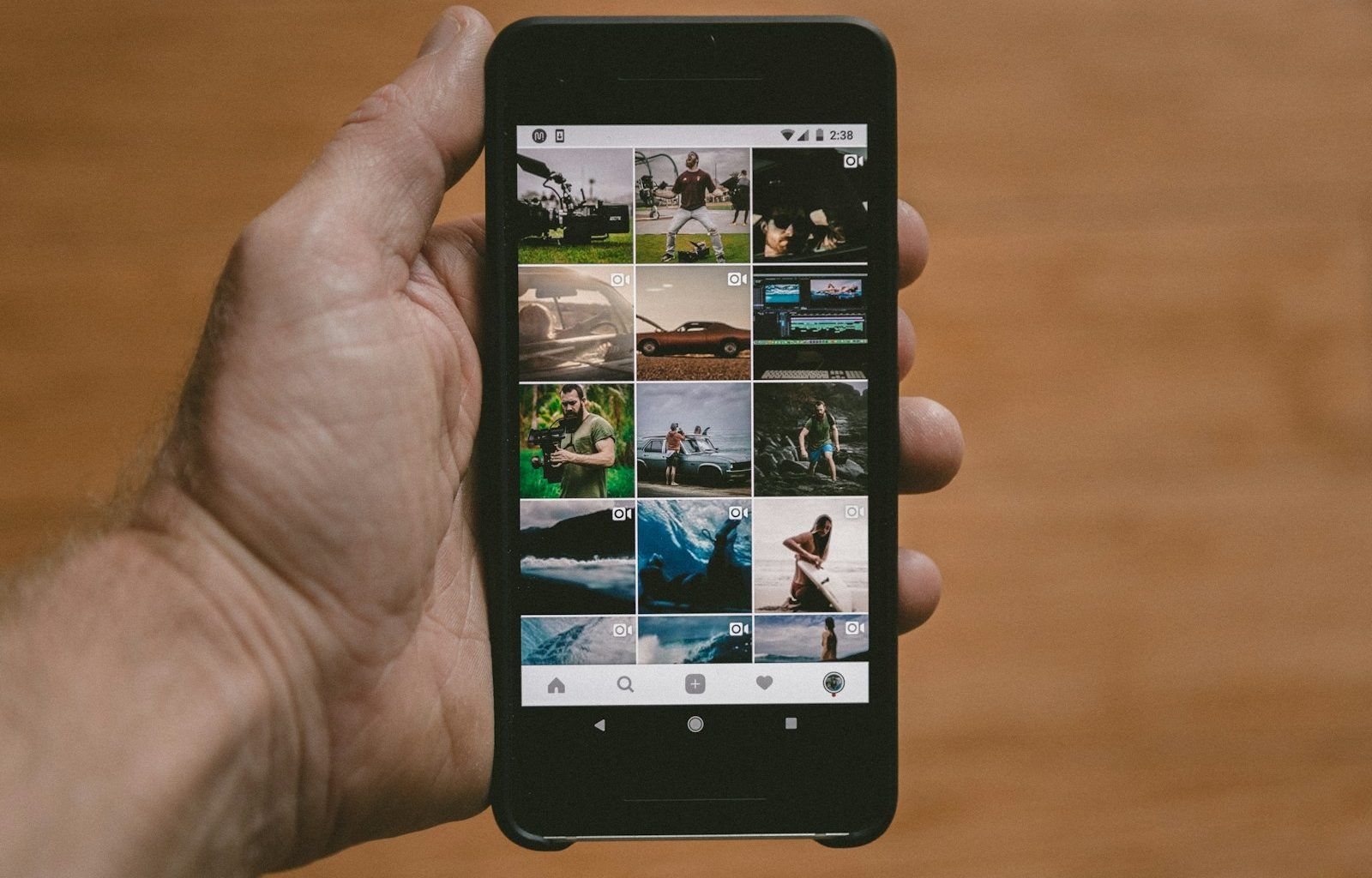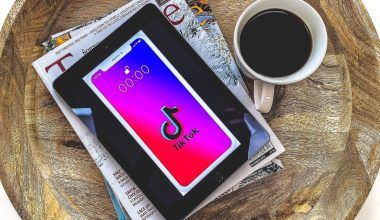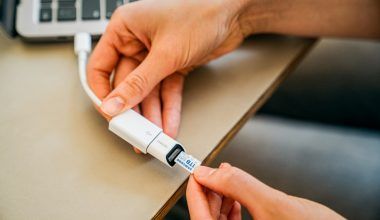In today’s world, music has become a crucial part of our daily lives. Whether you’re commuting, working out, or relaxing at home, having your favorite songs with you can make any moment better. If you own an iPhone, you might be wondering how to upload music to your device. Don’t worry; we’ll walk you through this process step by step. By the end of this guide, you’ll be able to enjoy your music library on your iPhone effortlessly.
Why Uploading Music to iPhone Matters
Before we dive into the how-to, let’s talk about why it’s important. Many people rely on streaming services like Apple Music or Spotify, but there’s something special about having your personal music collection. It gives you more control over what you listen to, and it doesn’t depend on an internet connection. Whether it’s old tracks you’ve downloaded over the years or new music you’ve purchased, uploading music to your iPhone ensures you’ll always have your favorite songs at your fingertips.
Getting Started: What You Need
To upload music to your iPhone, you’ll need a few basic things:
- A Computer: Whether you’re using a Mac or Windows PC, you’ll need a computer to transfer your music.
- iTunes or Finder: Depending on your operating system, you’ll use either iTunes (Windows or older MacOS versions) or Finder (MacOS Catalina and later).
- A Lightning Cable: This connects your iPhone to your computer for transferring music.
- Your Music Files: Make sure the songs you want to upload are saved on your computer.
Step-by-Step Guide to Upload Music to iPhone
Step 1: Organize Your Music Library
Before you start, it’s helpful to organize your music files. Create a dedicated folder for the songs you want to upload to your iPhone. Make sure the files are in a compatible format, such as MP3 or AAC. If you’re unsure about the format, you can use a free audio converter to make adjustments.
Step 2: Connect Your iPhone to Your Computer
Using your Lightning cable, connect your iPhone to your computer. If this is the first time you’re connecting the two, you might see a prompt asking you to “Trust This Computer.” Tap “Trust” on your iPhone and enter your passcode if needed.
Step 3: Open iTunes or Finder
- If You’re Using iTunes: Launch iTunes on your computer. If it doesn’t open automatically, you can find it in your applications or programs.
- If You’re Using Finder: Open Finder on your Mac. You’ll see your iPhone listed under the “Locations” section on the left-hand side.
Step 4: Add Music to Your Library
To upload music to your iPhone, you first need to add it to your iTunes or Finder library. Here’s how:
- In iTunes: Click on “File” > “Add File to Library” or “Add Folder to Library.” Select the music files or folder you want to upload.
- In Finder: Simply drag and drop your music files into the Music section of your iPhone.
Step 5: Sync Your Music
Once your music is added to iTunes or Finder, it’s time to sync it with your iPhone.
- In iTunes: Select your iPhone icon in the top-left corner. Then, click on the “Music” tab. Check the box for “Sync Music” and choose whether you want to sync your entire library or select specific playlists, artists, or albums. Finally, click “Apply” to start the syncing process.
- In Finder: Click on your iPhone under “Locations.” Go to the “Music” tab and follow the same steps as above.
Step 6: Wait for the Transfer to Complete
The syncing process might take a few minutes, depending on how much music you’re transferring. Once it’s done, you’ll see your music on your iPhone in the Music app.
Alternative Ways to Upload Music to iPhone
If you prefer not to use iTunes or Finder, there are other methods to upload music to your iPhone.
Using Apple Music
If you have an Apple Music subscription, you can upload your music to the iCloud Music Library. Here’s how:
- Open iTunes on your computer and sign in with your Apple ID.
- Enable “iCloud Music Library” in the preferences.
- Drag and drop your music into iTunes, and it will automatically upload to iCloud.
- On your iPhone, go to Settings > Music and turn on “Sync Library.”
Your music will now appear in the Music app.
Using Third-Party Apps
Several third-party apps, like WALTR 2, iMazing, or Documents by Readdle, allow you to transfer music to your iPhone without iTunes. These apps are user-friendly and often faster than traditional methods.
Using Cloud Services
Another option is to use cloud services like Google Drive, Dropbox, or OneDrive. Upload your music files to the cloud, and then download them to your iPhone using the corresponding app.
Troubleshooting Common Issues
Sometimes, you might encounter issues while trying to upload music to your iPhone. Here are some common problems and solutions:
- iPhone Not Recognized by Computer: Make sure your Lightning cable is working properly and that your computer has the latest version of iTunes or MacOS.
- Music Not Showing Up: Double-check that your files are in a compatible format and that they were properly synced.
- Storage Full: Free up space on your iPhone by deleting unused apps, photos, or old music.
Tips for Managing Your Music Library
To keep your music library organized and make the uploading process easier in the future, consider these tips:
- Create playlists to group similar songs together.
- Regularly back up your music files to an external drive or cloud service.
- Keep your library clean by deleting duplicate or low-quality files.
Enjoy Your Music Anywhere
Now that you know how to upload music to your iPhone, you can take your favorite tunes with you wherever you go. Whether you’re jamming out to your workout playlist or enjoying a calming soundtrack on a long drive, your music will always be just a tap away. So go ahead, start uploading your songs, and let the music play!
For further reading, explore these related articles:
- Exploring the Best Free Music Distribution App for Independent Artists
- Comprehensive Breakdown of Music Distribution Costs for Artists
For additional resources on music marketing and distribution, visit Deliver My Tune.






